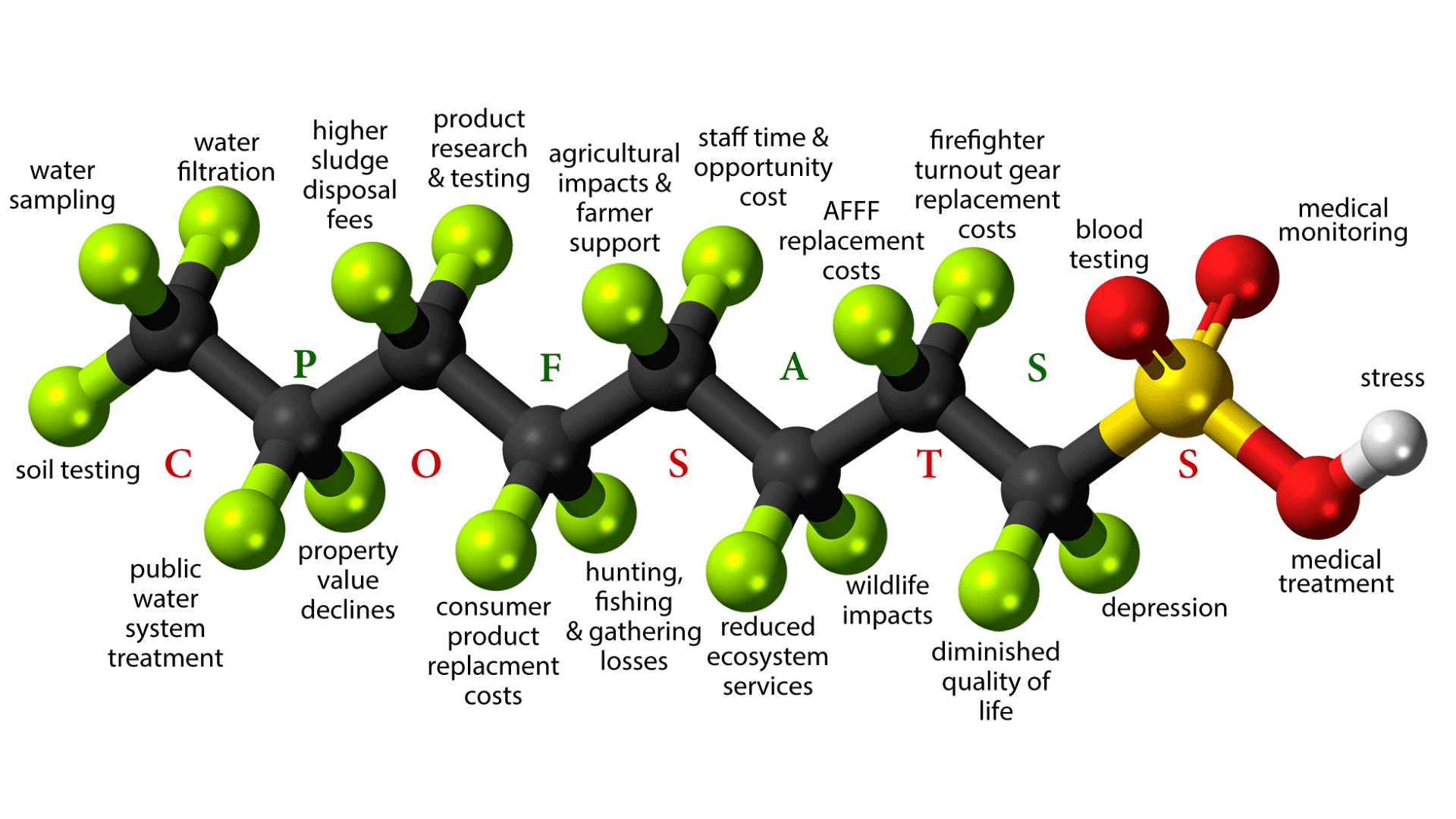Table of Contents
ToggleIntroduction
The Environmental Protection Agency (EPA) proposes a rule that requires companies to disclose the use of perfluoroalkyl and polyfluoroalkyl substances (PFAS) in their products. The proposed rule is the government’s first attempt to catalog the pervasiveness of PFAS across the United States. The goal of the rule is to gather data on the scope of the PFAS threat and provide transparency to the public.
Proposed Rule and Exemptions
The proposed rule requires manufacturers to report any PFAS that have been manufactured or imported between 2011 and when the rule takes effect, with no exemptions for small businesses or impurities or byproducts cross-contaminating goods with PFAS. However, the rule excludes pesticides, foods and food additives, drugs, cosmetics, and medical devices regulated under the Federal Food, Drug, and Cosmetic Act. The proposed rule is essentially a one-time reporting requirement, and companies wouldn’t need to provide updates.
Cost and Impact
The chemical and semiconductor industries estimate the potential cost to comply with the rule to be $1 billion, which has them grumbling. But, the US chemical industry generates over $500 billion annually, according to the EPA. States are pursuing PFAS bans as gridlock and industry lobbying in Washington thwart tougher federal laws. Minnesota’s crackdown on PFAS limits the chemicals in menstrual products, cleaning ingredients, cookware, and dental floss. Maine’s law will ban all avoidable uses of PFAS by 2030. Vermont and California ban PFAS in food packaging. U.S. courts are also weighing in on PFAS contamination, and the U.S. military is moving to limit PFAS.
Future Steps
The EPA will finalize the rule in the coming months, and companies will have 12 months to report back. EPA officials are reviewing public comments to determine whether they should modify the scope of the rule to capture additional substances. The disclosures could reach further and “embolden consumers to demand even more market change.” However, it is not clear which federal agency would regulate the products. Some environmental advocates welcome the reporting proposal, while others argue that Congress should add PFAS and other harmful chemicals to all major environmental statutes for water, air, food, and consumer products.
Contamination and Health Risks
PFAS contamination is a growing concern in the United States. The CDC estimates that 99% of Americans have PFAS in their blood, and more than 45% of U.S. tap water is contaminated with at least one PFAS chemical, according to the U.S. Geological Survey. As ubiquitous as PFAS are, the damage from PFAS chemicals isn’t immediate and affects health over time, with repeated exposure.
Conclusion
In conclusion, the proposed rule is a step towards greater transparency and data collection on the use of PFAS in consumer products. However, environmental health activists argue that the data collection exercise would be flawed and that the proposed rule lacks limits and cleanup requirements, which wouldn’t stop PFAS from making their way into the air, waste, or consumer products nor would it clean up existing contamination.







